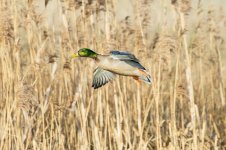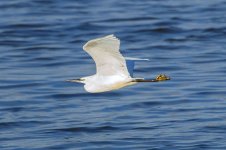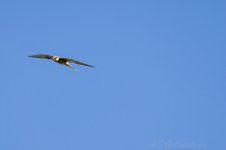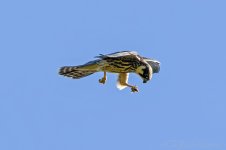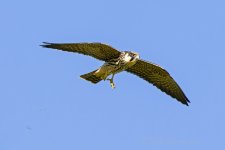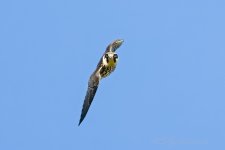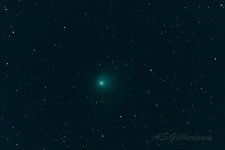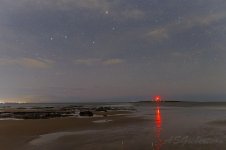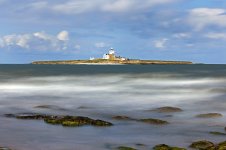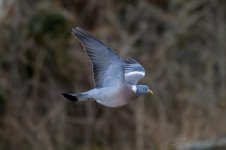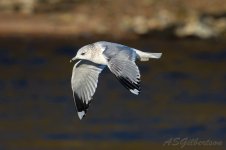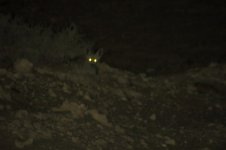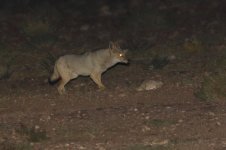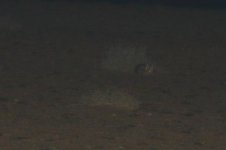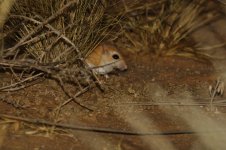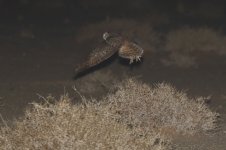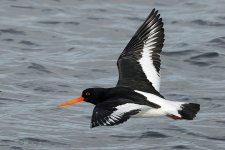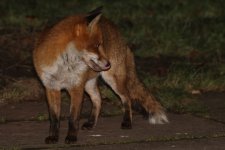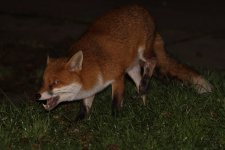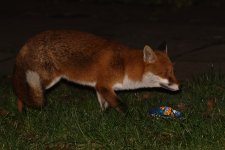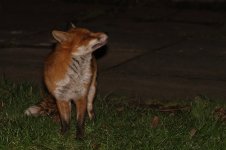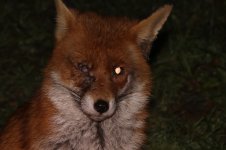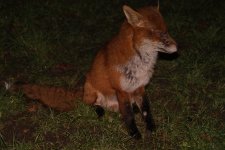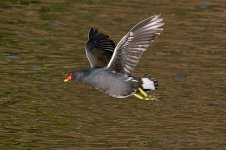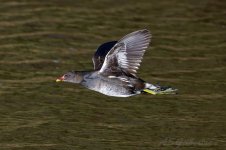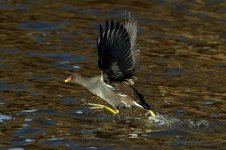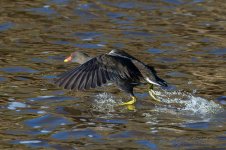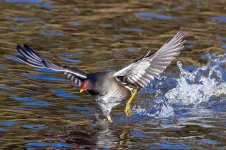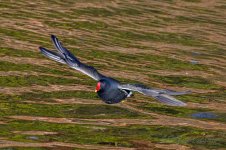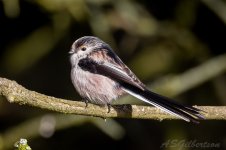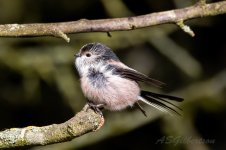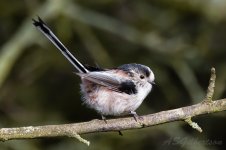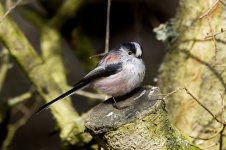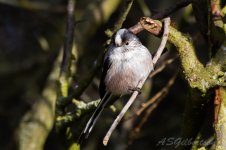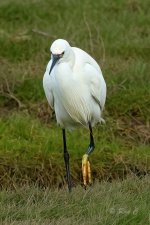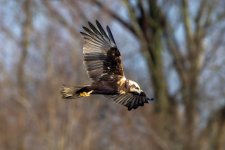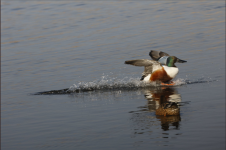Evan Atkinson
Always finding a way to go off topic...

Hi all, I am looking at upgrading to the R7 late this year or when I turn 18 (1 year and 2 months) and I am aware of some of the issues, such as rolling shutter. I really enjoy shooting birds in flight, and I'm aware that rolling shutter occurs frequently in electronic mode when shooting fast moving subjects. I currently own the 7dmkii and I'm really enjoying it, but the bird AF, EVF and tracking are real pulls for me. So a few questions:
How often does rolling shutter occur in electronic mode when shooting birds in flight?
How does the R7 fair with EF lenses such as the EF100-400 II?
Does the bird AF pick up the eye often?
A friend of mine has the R7, so I will be having a go with it soon, but I would like perspectives from other photographers on here.
Kind regards,
Evan
How often does rolling shutter occur in electronic mode when shooting birds in flight?
How does the R7 fair with EF lenses such as the EF100-400 II?
Does the bird AF pick up the eye often?
A friend of mine has the R7, so I will be having a go with it soon, but I would like perspectives from other photographers on here.
Kind regards,
Evan




